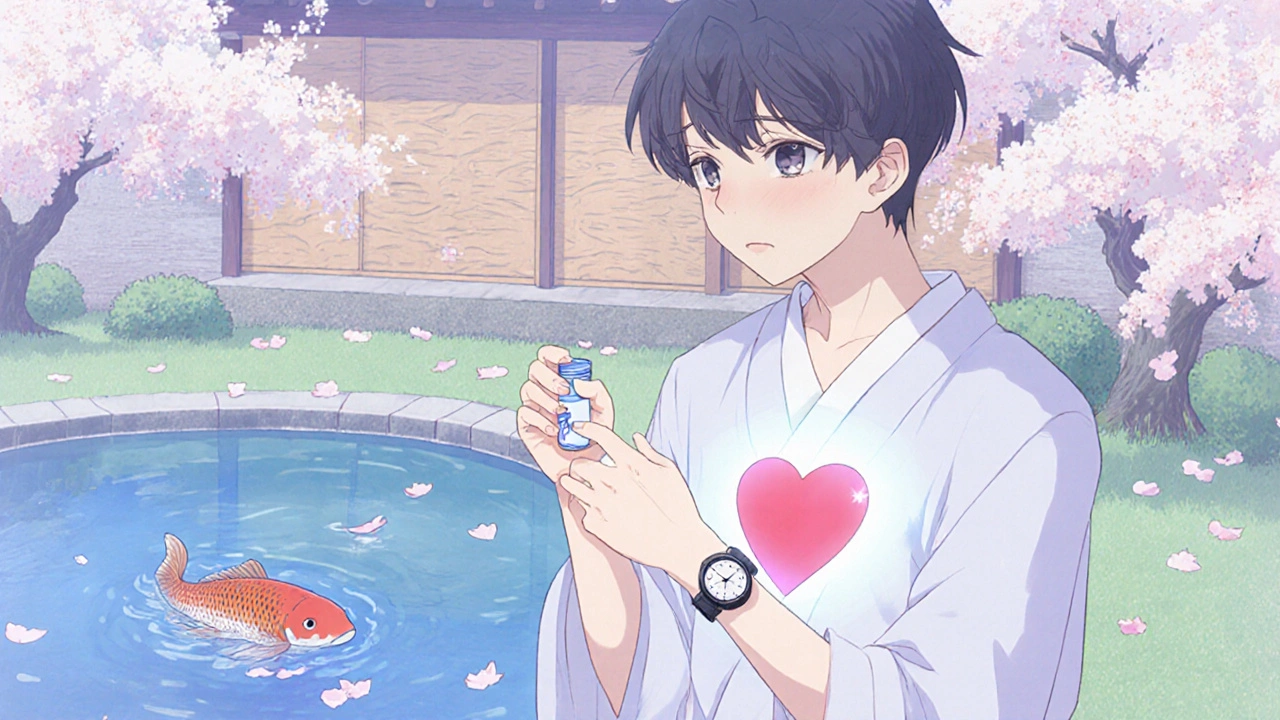Hypertension: Simple Steps to Lower Your Blood Pressure
If you’ve been told you have high blood pressure, you probably wonder how to bring it down without a mountain of medical jargon. Good news: a few everyday changes can make a big difference, and you don’t need to become a health guru overnight.
First, know your numbers. Most doctors consider 130/80 mmHg or higher as hypertension. Grab a home monitor, check your reading at the same time each day, and write it down. Spotting trends helps you see what works and when to call the doctor.
Everyday Lifestyle Hacks
Eating less salt is the classic tip, and it still holds up. Aim for less than 2,300 mg a day – about one teaspoon of table salt. If you cook at home, use herbs, lemon, or garlic instead of a salty shaker.
Portion control matters too. Larger meals can spike your pressure for a few hours. Try to keep dinner light and finish eating a couple of hours before bedtime.
Move more. Even a 15‑minute walk after dinner can lower pressure for several hours. If you’re short on time, try marching in place while you watch TV – every bit counts.
Weight loss is another powerhouse. Losing just 5‑10 % of your body weight can shave off a few points on your reading. Focus on steady habits like swapping sugary drinks for water and adding a veggie side to each meal.
Stress hits blood pressure hard. Simple breathing tricks – inhale for four seconds, hold for four, exhale for six – calm the nervous system fast. If you have a busy mind, schedule a 10‑minute break to stretch or meditate daily.
Medication & Monitoring Tips
When doctors prescribe blood‑pressure meds, take them exactly as directed. Missing doses or changing the time can cause spikes. Use a pill box or phone reminder if you’re forgetful.
Know your side‑effects. Some drugs cause a dry cough, others may make you feel dizzy. If something feels off, note it and talk to your pharmacist or doctor before stopping the medication.
Combine meds with lifestyle tweaks. Studies show people who add diet and exercise to their prescription often need lower doses later. It’s a win‑win.
Regular check‑ups are key. Even if your home monitor shows good numbers, an office reading can catch hidden issues. Bring your log of home readings to the appointment – doctors love data.
Remember, hypertension isn’t a one‑size‑fits‑all problem. Some folks respond well to ACE inhibitors, others need a calcium‑channel blocker. Your doctor will tailor the plan, but the basics – less salt, move more, keep track – work for most.
Bottom line: controlling high blood pressure is doable with small, consistent actions. Start with one habit, add another next week, and watch your numbers improve. Your heart will thank you, and you’ll feel more in control of your health.
- October 19 2025
- 9 Comments
- Daryl Gardner
Losartan Plus Exercise: Boost Heart Health
Combining Losartan with regular exercise can lower blood pressure, improve heart function, and boost overall wellbeing. Learn how they work together, safe workout plans, nutrition tips, and monitoring strategies.
- August 14 2025
- 6 Comments
- Daryl Gardner
How Olmesartan/Amlodipine Controls Blood Pressure and Cuts Heart Disease Risk
Explore how the Olmesartan/Amlodipine combo lowers blood pressure, prevents heart disease, its clinical backing, safety profile, and practical prescribing tips.
- Health & Medicine (102)
- Health & Nutrition (8)
- Caregiving & Dementia (2)
- Health & Wellness (2)
- Environment & Climate (1)
Categories
- December 2025 (23)
- November 2025 (22)
- October 2025 (27)
- September 2025 (38)
- August 2025 (5)
- July 2025 (4)
Archives
- side effects
- medication side effects
- generic drugs
- dosage
- online pharmacy
- gut health
- generic substitution
- safety and side effects
- natural antioxidant
- coping strategies
- hypertension
- immunosuppressants
- mental health
- medication adherence
- drug safety
- NTI drugs
- narrow therapeutic index
- combination therapy
- black box warning
- autoimmune disease

